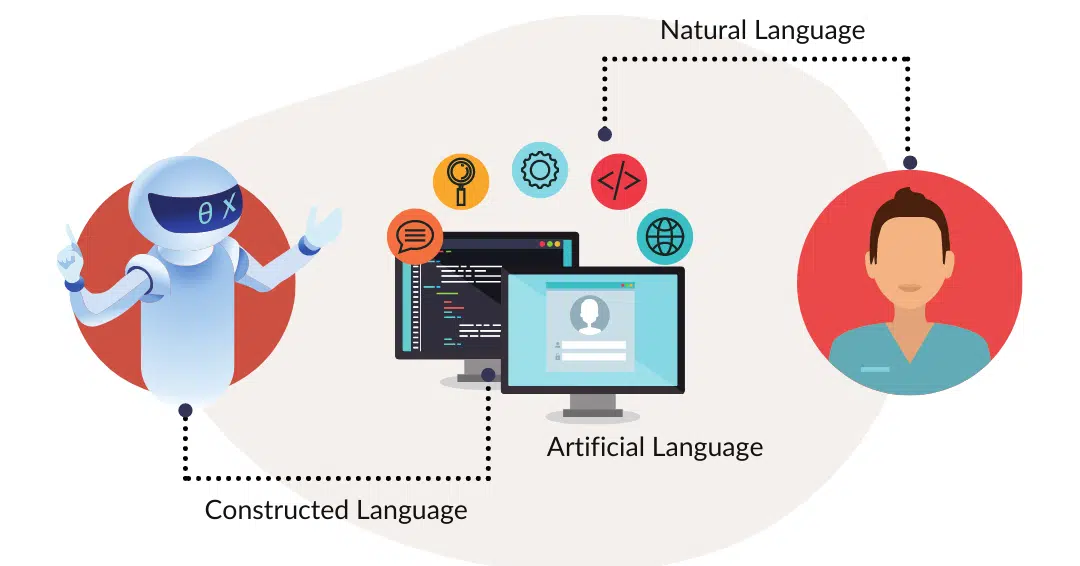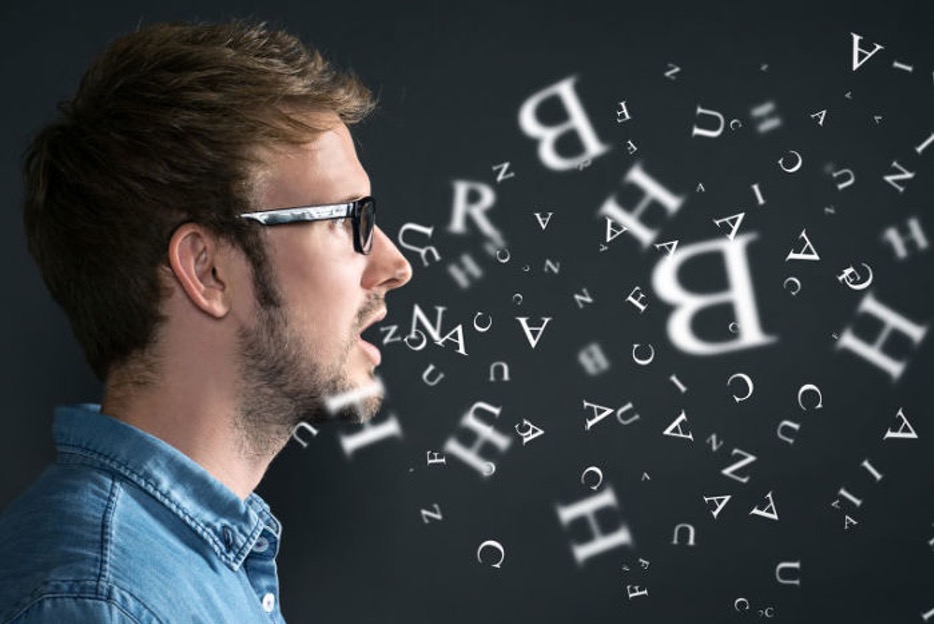By Carmen Chang,
Since the 17th century, the invention of artificial languages arises from an interest in creating an ideal and universal language, giving rise to multiple projects carried out by various intellectuals-linguists and non-linguists to this day. This initiative to build artificial linguistic systems arose not only with the aim of filling the gaps in natural languages, but also in order to reduce differences between different nations. This attempt to reach a single language has occurred mainly in Western countries, but we also find cases in other cultures:
Artificial languages are mostly a Western phenomenon, and most of the creators and enthusiasts of these invented languages are found in the United States and Europe. However, there are a few artificial languages that come from non-Western cultures including the language of the city of Emami (Iran), Guosa of Igbinewka (Nigeria) and Barohn of Morioka (Japan), but these are not so well known (Transpanish, 2010).
According to Louis Couturat (1868-1914), the invention of non-natural languages was promoted by the Renaissance movement, as mentioned below:
The plan to found a universal Language that replaced all national languages, either in commerce between the various countries, or especially in relations between scholars throughout Europe, obviously proceeds from the intellectual movement of the Renaissance, who, in renewing all sciences and philosophy, had revealed the fundamental unity of the human spirit and had given rise to the idea of the international union of all scholars, while expressed by the phrase: Republic of Letters» (Couturat, 1901: 55).

Like Louis Couturat, María Luisa Calero Vaquero (1999: 9, cited by Leticia Gándara Fernández, 2017: 5), former Spanish professor of General Linguistics, maintains that the Renaissance movement believed in the «supranational value of culture» whose ideology highlighted the «fundamental unity of the human spirit» as its main theory. Thanks to scientific research, many scholars undertook a science-based project in their interest to develop techniques based on modern logic, in order to obtain unlimited advances:
Rationalists (Descartes) and empiricists (Bacon), without directly promoting a universal artificial language, agree on the need to purify the common language to make it a suitable vehicle for scientific communication. Supporters of both positions defend the need to purify words through a universal language that faithfully reflects the properties of things and that serves as a tool for scientific discovery (Laborda, 1981: 17). As stated by Couturat (1901: 56), the objective was «the creation of a philosophical and scientific language more logical than vulgar languages, which would be common to all scholars, and consequently international» (Leticia Gándara Fernández, 2017: 5-6).
Likewise, in the seventeenth century, there were many advances and reforms in the field of Linguistics, among which the project of the creation of universal languages of the time stands out:
Among them, we highlight the interest in language teaching and learning; the rejection of some of the linguistic theories of previous centuries; the defense of real knowledge over mere linguistic knowledge; the great confidence in the power of human reason; the classifications produced by empirical sciences; the evaluation of the efficacy of mathematical symbolism; or the fascination of these illusory inventors by semiotics, […] linguistic research while allowing European linguists to realize the existence of a group of languages whose phonological, grammatical and lexical organization differed substantially from known languages (Robins, 1992: 134) and find in them the best remedy for the construction of the perfect language (Leticia Gándara Fernández, 2017 : 6).
At the same time, until the 17th century Latin remained the main language and preferred by scientists for communication exchanges. But Latin gradually ceased to be the predominant language in the field of science, a fact that was favored by the education and teaching of Latin to the middle classes and the development of the printing press:
At the end of the 16th century and the beginning of the 17th century, the Latin language almost played the role of an international language among scholars and theorists from different countries. It is obvious that tradition itself had given it a prestigious status that it had managed to maintain in Europe for decades (Knowlson, 1975: 7). However, with the advent of the Renaissance, Latin will lose ground in favour of vernacular languages, which will gain prominence in Europe, a phenomenon that will undoubtedly lead to the «babelization» of the continent and hinder the necessary scientific exchange (Calero, 1999: 9; Maat, 2004: 7) […] Nevertheless, it is at least curious to note that, despite this rejection towards Latin and, by extension, towards natural languages, Wilkins, in An Essay towards a Real Character and a Philosophical Language (1668), decides to present its artificial language project in English. Even more interesting is the fact that this project was translated into Latin in order to achieve greater diffusion among the scholars of the time (Leticia Gándara Fernández, 2017: 6-7).
Apart from the elements already mentioned, it is essential to highlight also others, such as «trips to exotic and hidden places, commercial relations or religious colonization», facts that involved contact with other territories, and therefore linguistic exchanges. Finally, this whole conjuncture encouraged scholars and intellectuals to undertake the great project of creating a language, according to their interests and needs, with a single objective: the construction of a universal language.
Nature and functioning of natural and artificial languages

Now that we have exposed and clarified some myths and beliefs related to the conditions of appearance of artificial languages, we see it necessary to explain the nature and functioning not only of these, but also the natural ones, in return. That is, we have explained its supposed origin and then we will define how they conform, structure and function, identifying the birth process of artificial languages or constructed from natural ones. The objective of this section is to establish the similarities and differences that these two typologies share-natural languages and artificial languages-a dichotomy whose study revolves around biology and culture.
To begin this section, we consider interesting the reflection developed in the article by Mirko Lampis and Radana Štrbáková (2017: 41): About the distinction between natural languages and cultivated languages: a linguistic fallacy? where they question the denomination of «natural» languages, being in fact a human construction:
It is at least paradoxical that human languages are considered and defined as «natural» when at the same time they are usually linked to the notion of culture, a notion that is commonly defined by long tradition -and sometimes, especially, as in the case of Freud, because of his opposition to the notion of nature. In what sense, then, can a vehicle, process and cultural property as relevant as language be «natural»? (Mirko Lampis and Radana Štrbáková, 2014: 9).
We agree that the term «natural» may not be the most appropriate, but we understand that this characteristic is linked to the fact that this type of language was created more or less spontaneously and through a slow evolution adapted to the communicative needs of each human group and context in which they were framed. Instead, artificial languages were invented ad novum, with specific purposes, as mentioned by Leticia Gándara Fernández (2017: 1-2), a Spanish professor of Hispanic Philology and General Linguistics, in her article Origin and evolution of artificial languages:
From the first attempts to reconstruct a universal language in the seventeenth century to the present day we have witnessed the dizzying development of the movement to create artificial languages. The intense linguistic activity carried out by the inventors of languages of previous centuries results in an endless list of different projects but with common characteristics. These semiotic constructions have varied according to the interests of each author and the historical moment in which they were conceived (Leticia Gándara Fernández, 2017: 1-2).
In the next part, we will address these details in more detail, as far as possible, first in order to identify the links established, as well as the dissociations between the two languages and, second, to balance the strengths and weaknesses that characterize both natural and artificial languages.
References
-
COLMENAREZ Jesús, Natural Language and Artificial Language, Universidad «Fermín Toro», Cabudare-Lara, 2021.
-
GÁNDARA FERNÁNDEZ Leticia, «Origen y evolución de las lenguas artificial», Revista Tonos Digital, Volume 33, June 24, 2017.
-
LAMPIS Mirko and ŠTRBÁKOVÁ Radana, About the distinction between natural languages and cultivated languages: a linguistic fallacy, EGM, Biannual publication, Issue 21, September 2017.
-
Transpanish, Artificial languages. transpanish.biz. Available here
-
TRUJILLO CARREÑO Ramón and PORTILLA DURAND Luisa, «Natural languages versus artificial languages», Universidad de La Laguna and Universidad Nacional Mayor de San Marcos, Letras 84 (119), 2013.




